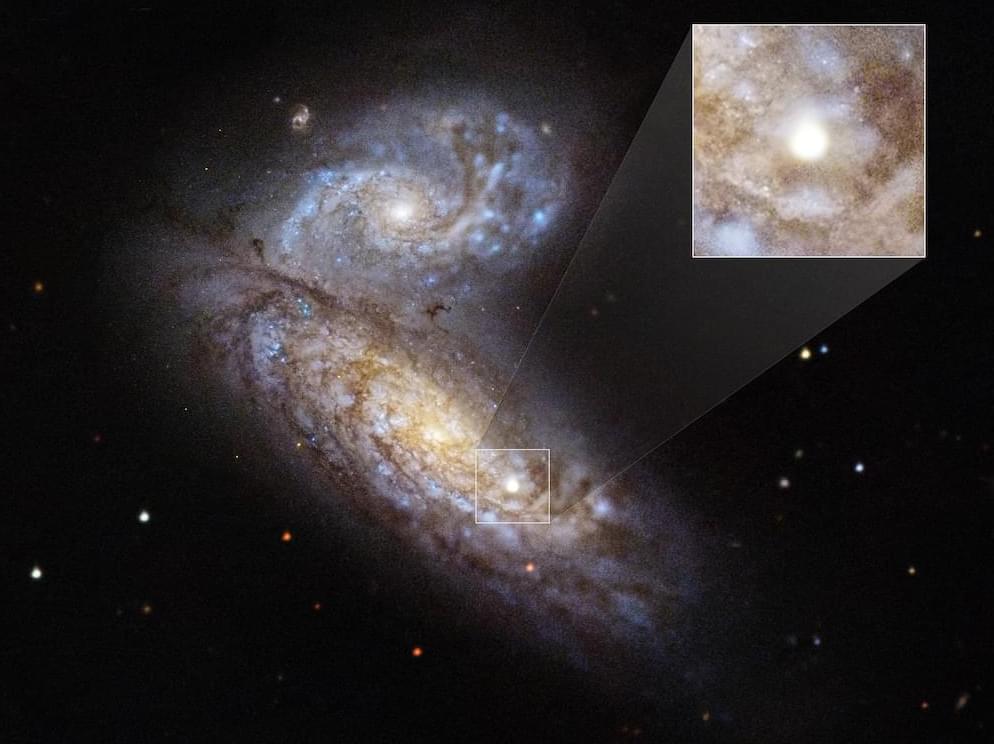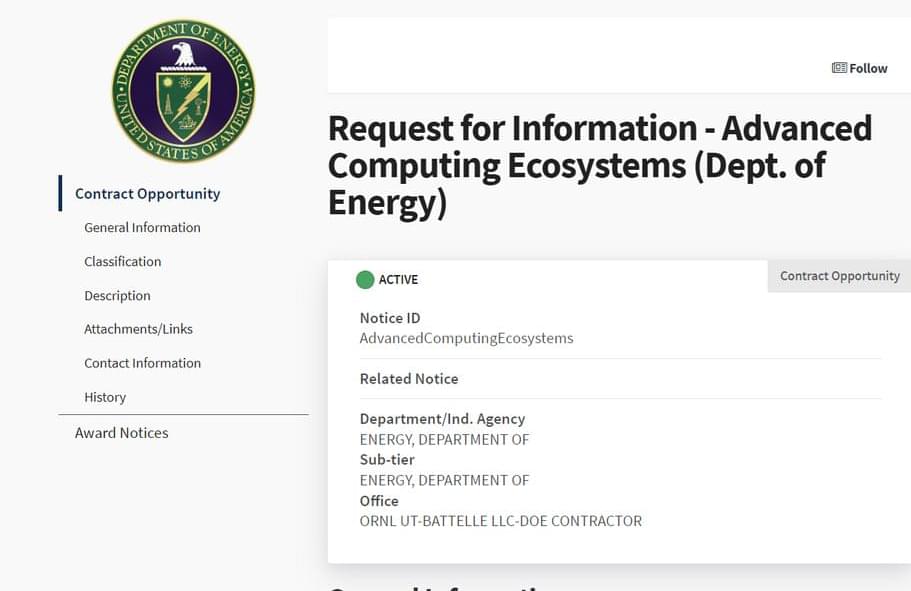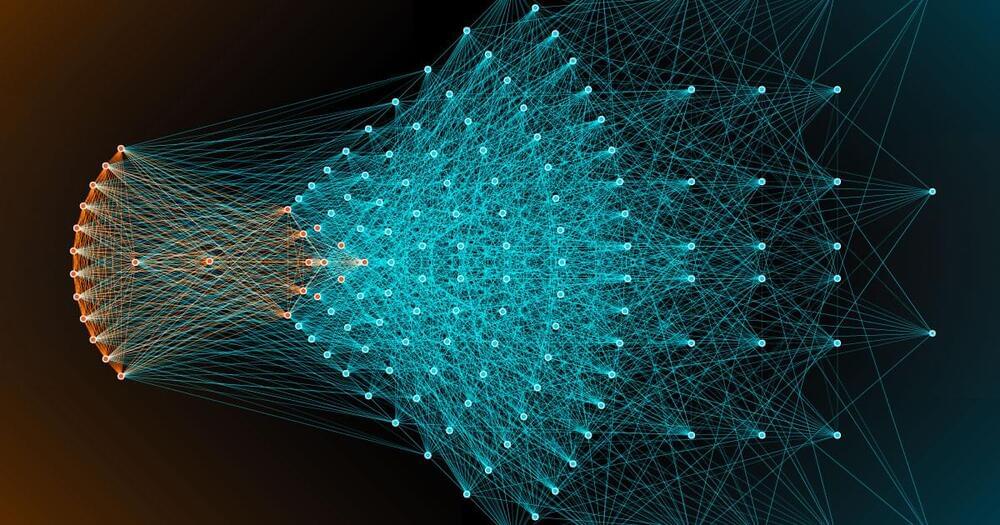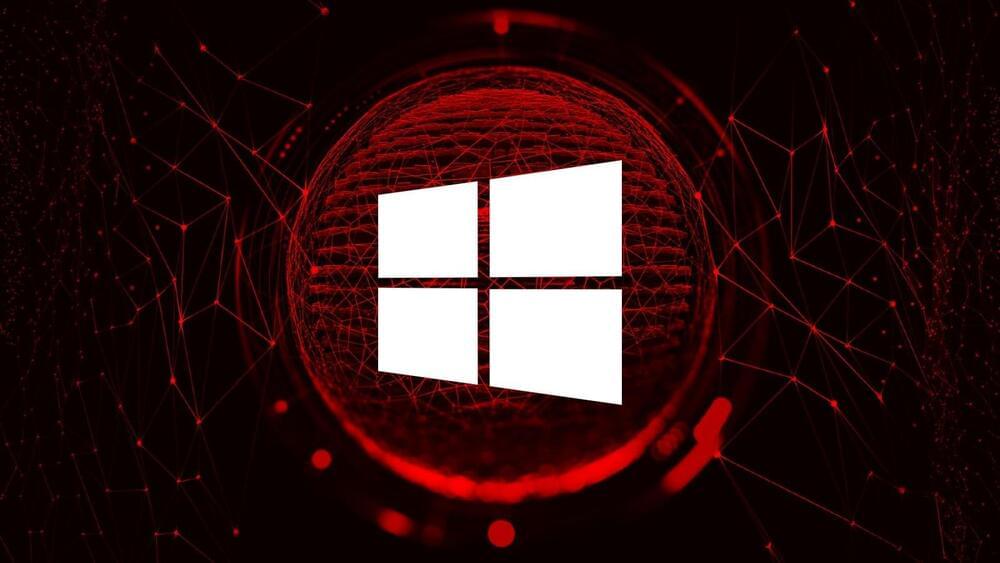Jul 2, 2022
The Future of AI-Accelerated Industrial Automation with Siemens and NVIDIA
Posted by Shubham Ghosh Roy in categories: futurism, robotics/AI
Hear from NVIDIA CEO Jensen Huang, @Siemens CEO Roland Busch, and @BMW AG board member Milan Nedeljković as they discuss the next stage of industrial automation. Learn how groundbreaking technologies like Siemens Xcelerator and @NVIDIA Omniverse enable companies of all sizes to build closed-loop, truly real-time, full-design-fidelity immersive digital twins.
Deep dive into the announcements at https://nvda.ws/3npbpdJ.
Continue reading “The Future of AI-Accelerated Industrial Automation with Siemens and NVIDIA” »



















